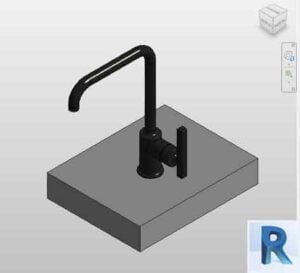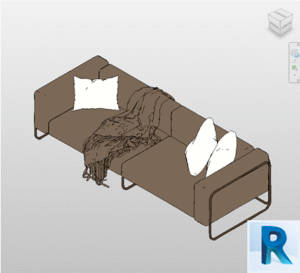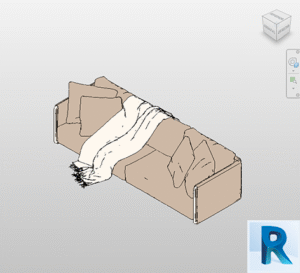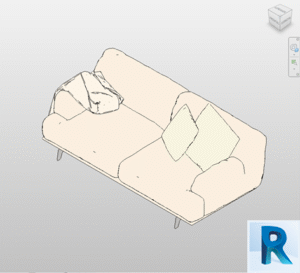Managing building assets through the various stages of design, construction, and operations demands precise and structured data. COBie (Construction Operations Building Information Exchange) is a standardized approach to handling that data. It streamlines how asset information is exchanged and managed, ensuring smooth transitions between project phases. In the world of BIM, COBie serves as a framework to organize the essential data about assets such as buildings, spaces, equipment, and infrastructure.
What is COBie?

COBie is an open standard for exchanging asset information between design, construction, and operational phases. At its core, COBie structures asset data using a simple, accessible format—typically an Excel spreadsheet—allowing different software systems to communicate effectively without data loss or misinterpretation.
Within the BIM ecosystem, assets refer to physical entities like buildings, spaces, equipment, and infrastructure that provide value to an organization. COBie categorizes this data into key sections like Facility, Floor, Space, Type, and Component, making the information clear, organized, and easy to manage. This data-centric approach enables stakeholders to interact with the asset information seamlessly across multiple platforms.
Advantages of COBie in Asset Management for BIM
The implementation of COBie in BIM offers significant benefits for organizations involved in construction and facilities management. First, COBie ensures interoperability, meaning different systems and software can exchange data without compatibility issues. This reduces the risk of errors and data discrepancies, providing facility managers and asset managers with accurate, real-time information for decision-making.
By structuring asset data in a standardized format, COBie simplifies the search and retrieval of information. This helps organizations identify patterns or trends in asset performance, which can be used to make informed decisions about maintenance or operational strategies. Moreover, COBie’s standardized approach improves transparency, giving stakeholders a clear view of asset status throughout the building’s lifecycle.
How Does COBie Work?

COBie organizes asset data in an Excel format divided into categories:
- Facility: General information about the building, such as location, total area, and number of floors.
- Floor: Data about individual building levels, including name, area, and the number of spaces.
- Space: Detailed information on each room or space, such as name, area, and function.
- Type: Classification of assets like buildings, systems, or equipment.
- Component: Information on specific instances of each asset type, such as serial numbers or installation dates.
This structure allows project teams to create and share COBie files containing all necessary asset information. These files can be imported into different systems, enabling smoother collaboration between teams across the design, construction, and operational stages.
Benefits for Owners and Operators
Building owners and operators gain several benefits from COBie. Accurate, up-to-date asset information allows them to make well-informed decisions regarding building maintenance and operations. For example, COBie helps identify opportunities to improve energy efficiency, reduce costs, and enhance the overall value of properties.
Another key advantage is better communication with contractors and suppliers. With COBie, owners can ensure that everyone is working with the same accurate data, reducing misunderstandings, delays, and errors. It also supports preventive and corrective maintenance, ensuring minimal disruptions to building operations.
Enhancing Collaboration Among Teams
Effective communication and collaboration are critical to any successful construction or maintenance project. COBie promotes teamwork by providing a common language for sharing information among stakeholders. This ensures that everyone is working from the same accurate and up-to-date data.
Interoperability is at the heart of COBie’s collaborative benefits. The Excel-based format can be read by any software that supports Excel, making it easier for teams using different platforms to communicate. This simplifies the entire data exchange process and helps ensure efficiency throughout the project lifecycle.
Reducing Errors and Inconsistencies
Data transfer between different systems can often be prone to errors, especially in complex construction projects. COBie mitigates this by offering a standardized structure for data exchange. By using COBie, project teams can ensure that all information is accurate, consistent, and traceable. This reduces the risk of errors and miscommunication.
Moreover, COBie’s structure provides a clear view of all assets, helping teams identify issues early on and address them proactively. This enhanced visibility into asset data allows for more informed decision-making, resulting in fewer mistakes and smoother project execution.
Boosting Efficiency and Effectiveness
For asset managers, contractors, and building owners, COBie streamlines the process of data exchange and asset management. It reduces errors, improves collaboration, and enhances overall efficiency. Teams can work faster and more effectively by having access to accurate, real-time data.
Through COBie, the duplication of efforts is minimized, as everyone has access to the same up-to-date information. This leads to better planning, faster responses to issues, and a more coordinated approach to managing building assets.
Conclusion
Implementing COBie is a significant step forward for any organization looking to improve its asset management processes. The clarity it brings to data exchange, combined with the interoperability it offers across platforms, makes COBie an essential tool in modern construction and facility management. Its structured approach enhances communication, reduces errors, and ultimately results in smarter, more efficient project execution.





